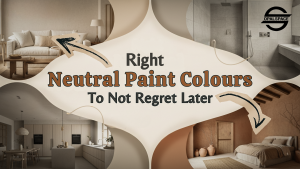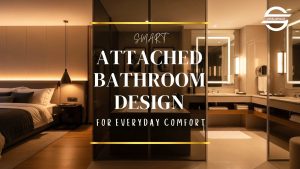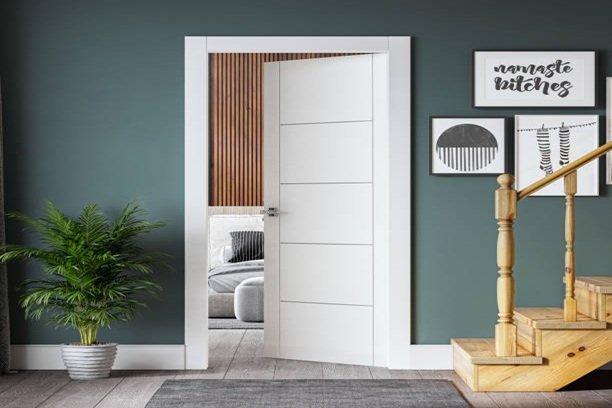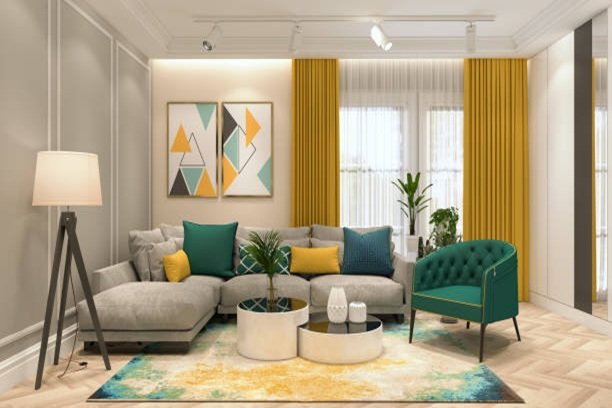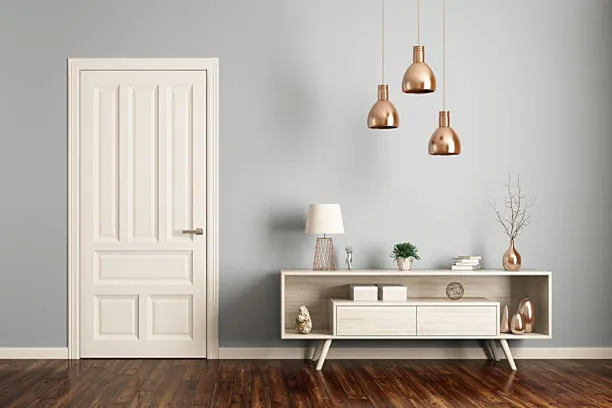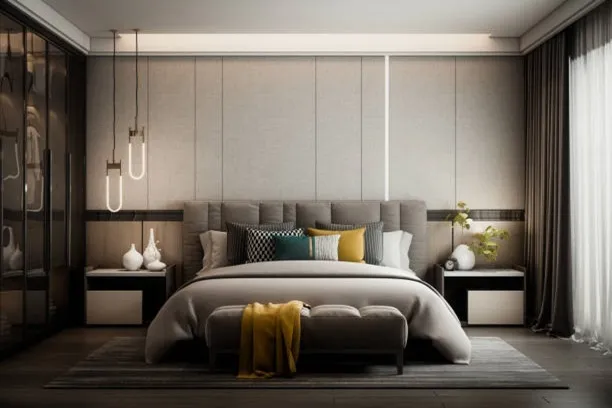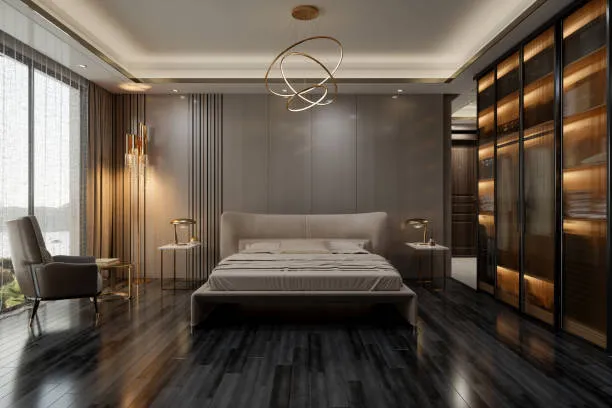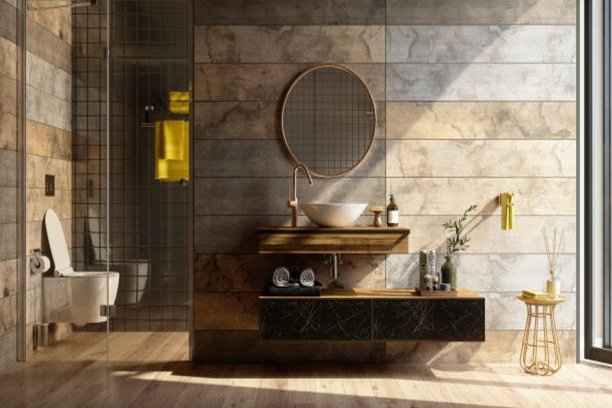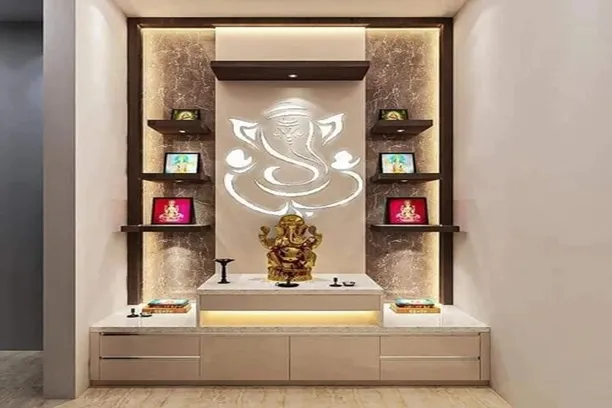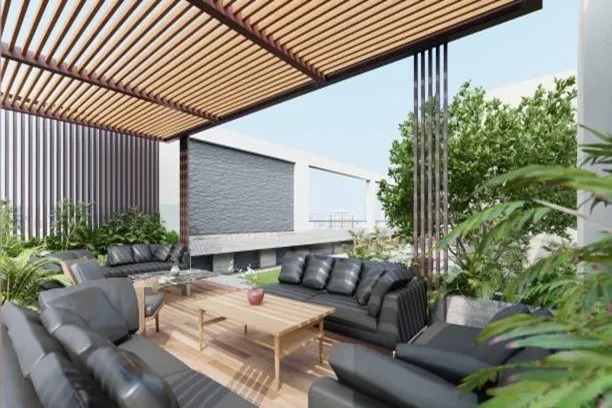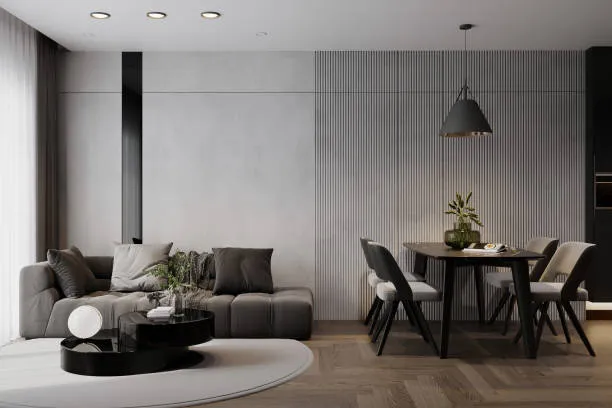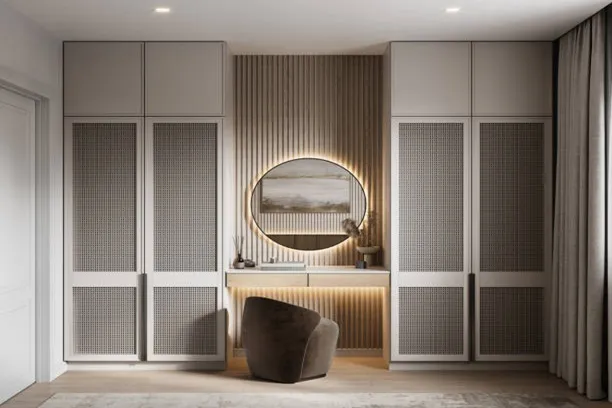Table of Contents
When we choose bathroom mirrors, we must know that it’s going to be about context. The scale of the room. The play of natural and artificial light. The dialogue between materials like glass, tile, wood, metal. A mirror must respond to these cues. No matter you’re working within the precision of a modern layout, or the compression of a small plan, it should feel like it belongs there delivering everything necessary.
The challenge is in finding a mirror that would understand its role in the larger narrative of your home. This guide examines mirrors not as spatial tools that are designed to enhance the experience of a bathroom, however small, modern, or timeless it may be. Through carefully chosen examples and design insights, we’ll explore what makes bathroom mirrors architectural.
The challenge is in finding a mirror that would understand its role in the larger narrative of your home. This guide examines mirrors not as spatial tools that are designed to enhance the experience of a bathroom, however small, modern, or timeless it may be. Through carefully chosen examples and design insights, we’ll explore what makes bathroom mirrors architectural.
How Big Should a Bathroom Mirror be?
1. Bathroom Mirror with LED light
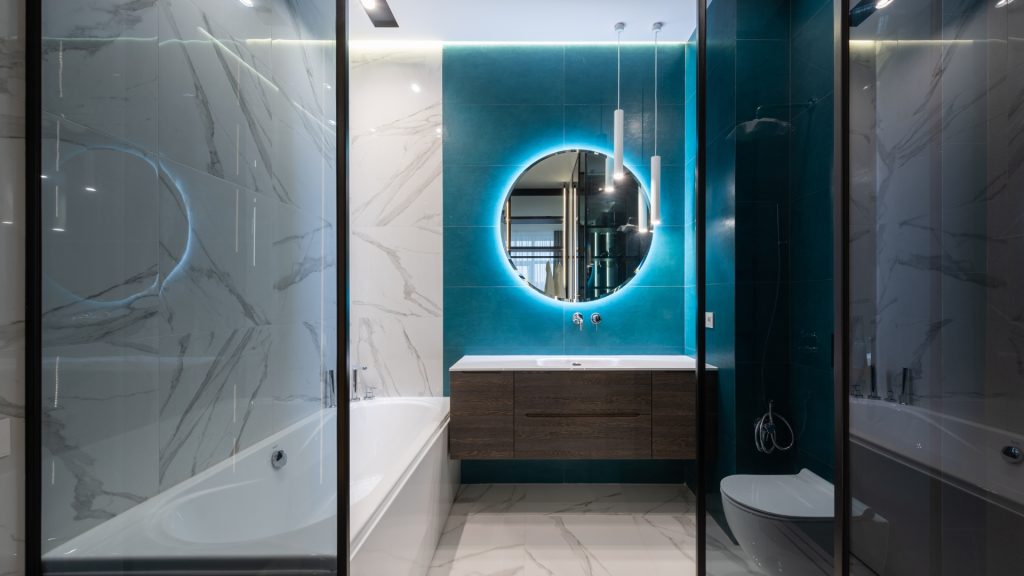
In low-light or windowless bathrooms, LED integrated with the mirror becomes essential because it offers clarity without the visual bulk of separate fixtures. It calibrates the experience of the space.
2. Bathroom Mirror with Storage
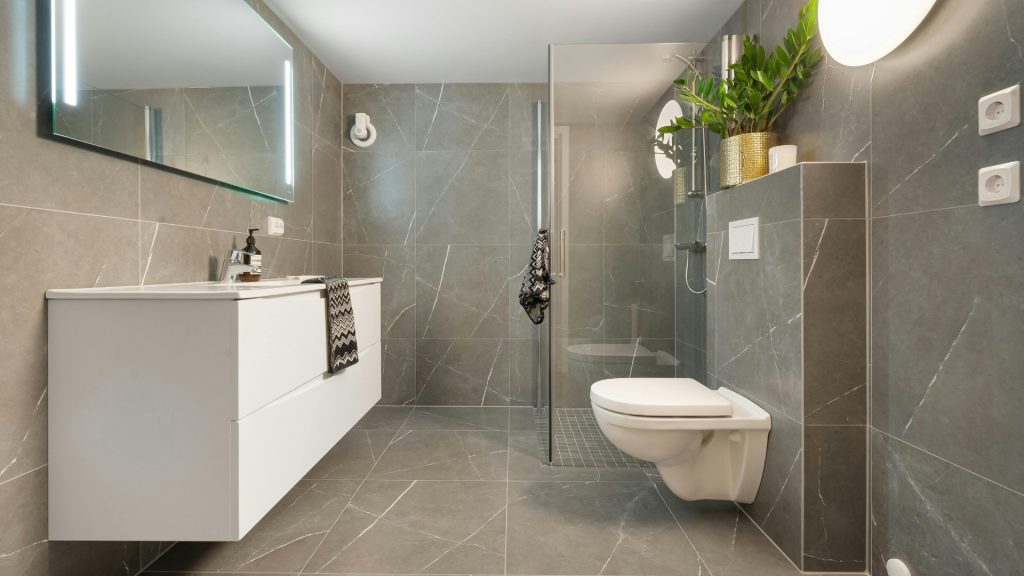
A mirror design for your bathroom, that comes with storage, allows utility to disappear behind reflection. In smaller layouts, a bathroom mirror vanity cabinet works as an architectural necessity, integrated and proportionate.
3. Bathroom Glass Mirror
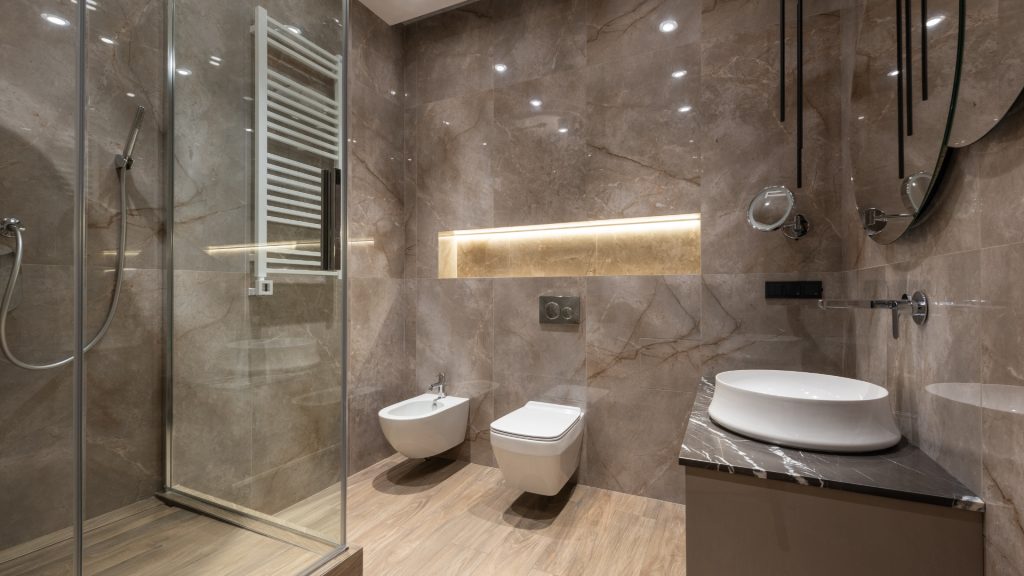
As an architectural element, the strength of a bathroom glass mirror lies in what it omits, be it ornament, weight, and distraction. It neither asserts nor retreats, but holds its position neatly. In minimalist spaces, it balances the room through soft reflection and even alignment with the materials around it.
4. Framed vs Frameless Bathroom Mirrors
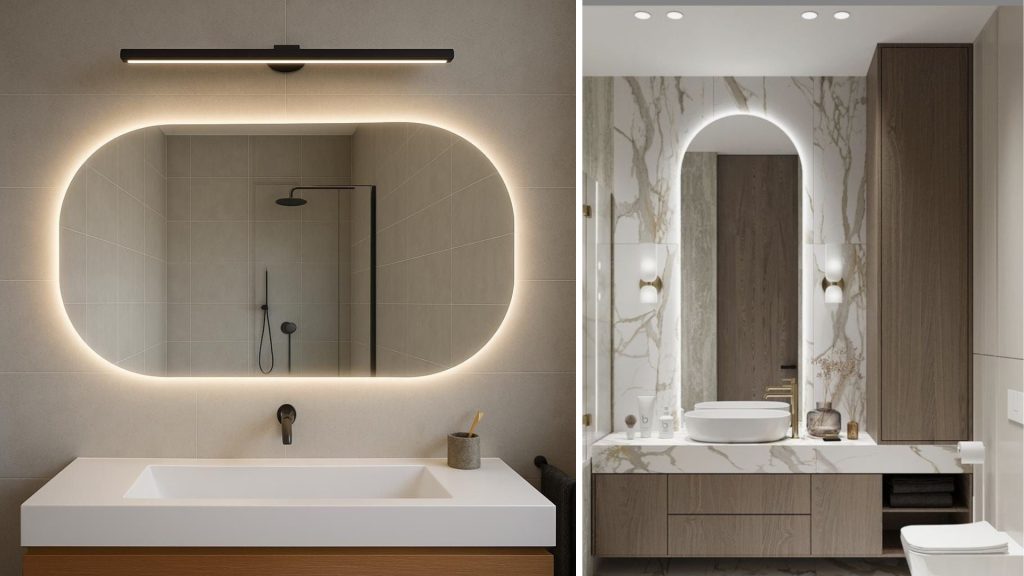
A framed mirror in a bathroom introduces a line of definition. It can match the room’s architectural details or soften them through material contrast. A frameless mirror, by comparison, recedes into the surface and renders unbroken reflection and a sense of spatial fluidity.
5. Hanging Mirror for Bathroom (Wall-Mounted Mirrors) vs Free-Standing Mirrors

A wall-mounted mirror generally implies a secure and fixed installation, either screwed into the wall or flush-mounted. Whereas, hanging mirror implies a more decorative or lightweight installation, like using brackets, hooks, or ropes/chains for visual effect.
A hanging mirror, fixed to the wall, becomes an extension of the surface it occupies, stable, restrained, and spatially efficient. In contrast, a free-standing mirror introduces a more sculptural presence, reserved for larger bathrooms where scale permits independent elements. While wall-mounted mirrors deliver clarity and containment, free-standing options shift the mirror from background to object, altering how space is read and how movement within it is framed.
Among the most space-efficient choices are wall-mounted bathroom mirrors. These bathroom wall mirrors remain a staple in both modern and classic layouts. They offer clarity utilising the given counter space.
A hanging mirror, fixed to the wall, becomes an extension of the surface it occupies, stable, restrained, and spatially efficient. In contrast, a free-standing mirror introduces a more sculptural presence, reserved for larger bathrooms where scale permits independent elements. While wall-mounted mirrors deliver clarity and containment, free-standing options shift the mirror from background to object, altering how space is read and how movement within it is framed.
Among the most space-efficient choices are wall-mounted bathroom mirrors. These bathroom wall mirrors remain a staple in both modern and classic layouts. They offer clarity utilising the given counter space.
6. Geometric Mirrors
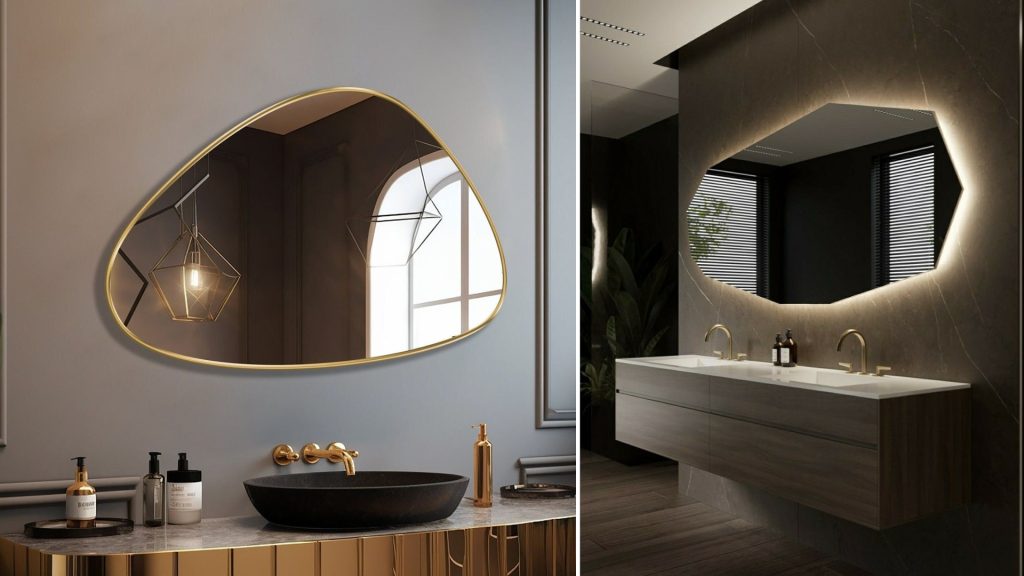
A round form designer bathroom mirror incorporates visual relief. Its curves interrupt the rigidity of tile grids and rectilinear surfaces with no competitive assertion. A square mirror, by contrast, reinforces structure and aligns itself with the architectural order of the space. In both cases, geometry is not an aesthetic choice alone, rather a spatial one.
7. Smart Bathroom Mirrors with Minimal Design
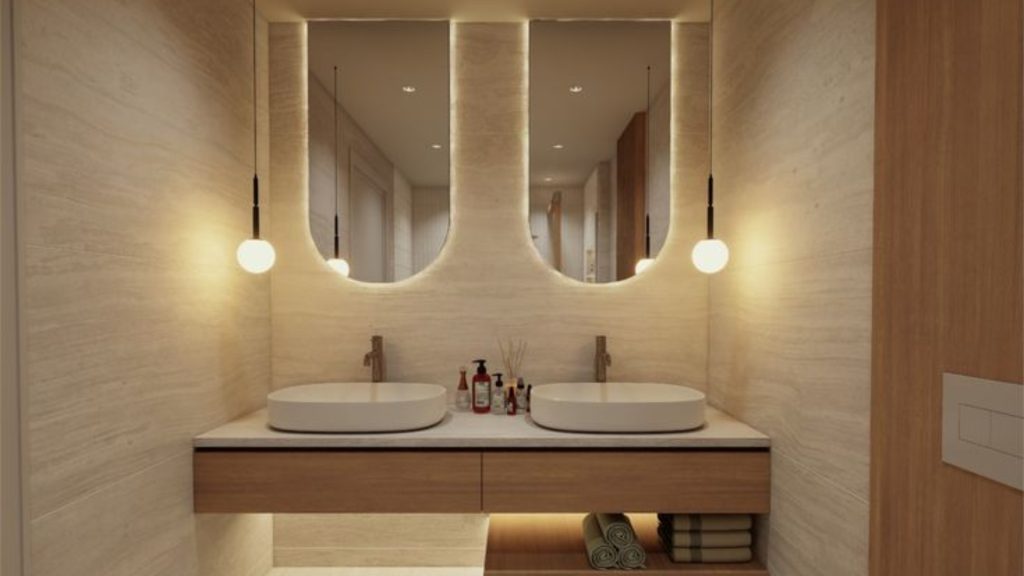
In minimalist bathroom design, technology must remain discreet, but it must not be imposing. This is where smart bathroom mirrors distinguish themselves. They are embedded with lighting, defogging, and motion sensors within clean, frameless surfaces, and no visual excess spread around.
8. Add a Contrasting Background
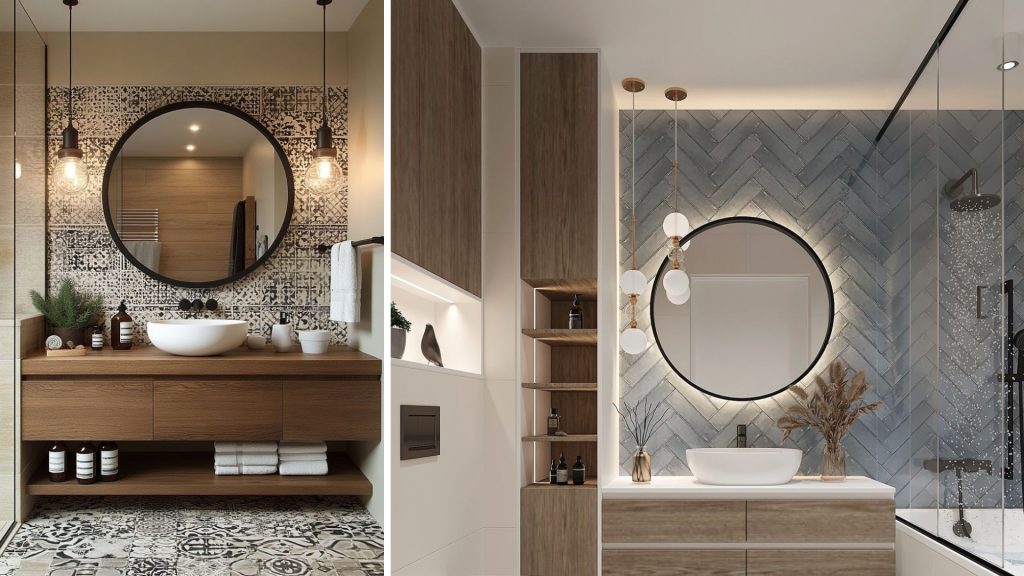
By bringing tonal or material opposition, it defines the mirror’s edges and anchors it more deliberately within the wall. In limited-space interiors, this contrast becomes a tool of articulation which helps the mirror read as intentional.
9. Full-Length Mirror
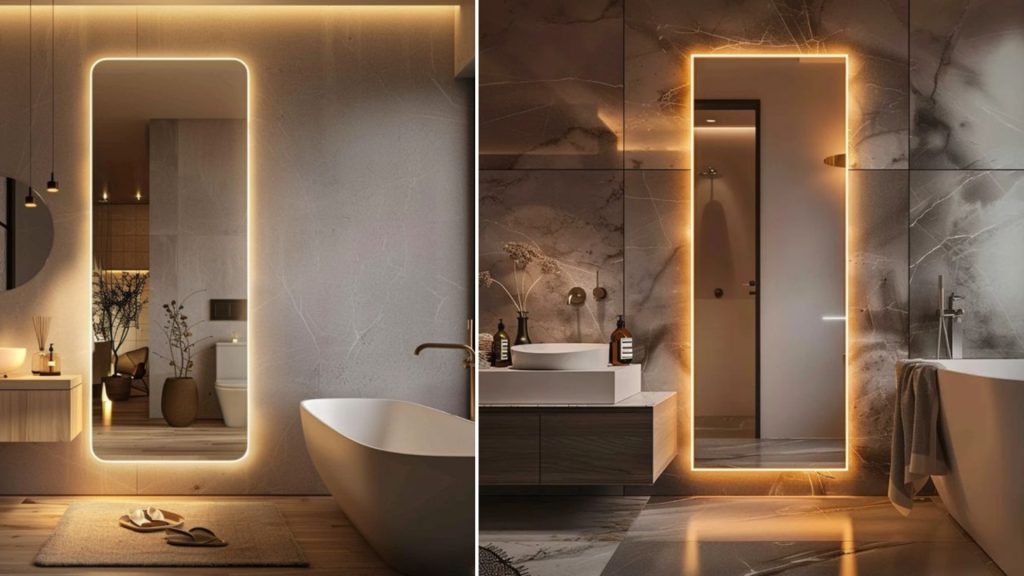
The full-length design of the bathroom mirror recalibrates the verticality of the space. It expands perception by drawing the eye from floor to ceiling, especially in narrow or enclosed layouts. In smaller bathrooms, it induces a sense of openness, while in larger ones, it amplifies scale and light with appropriate consistency.
10. Multiple Mirrors Design in Bathroom
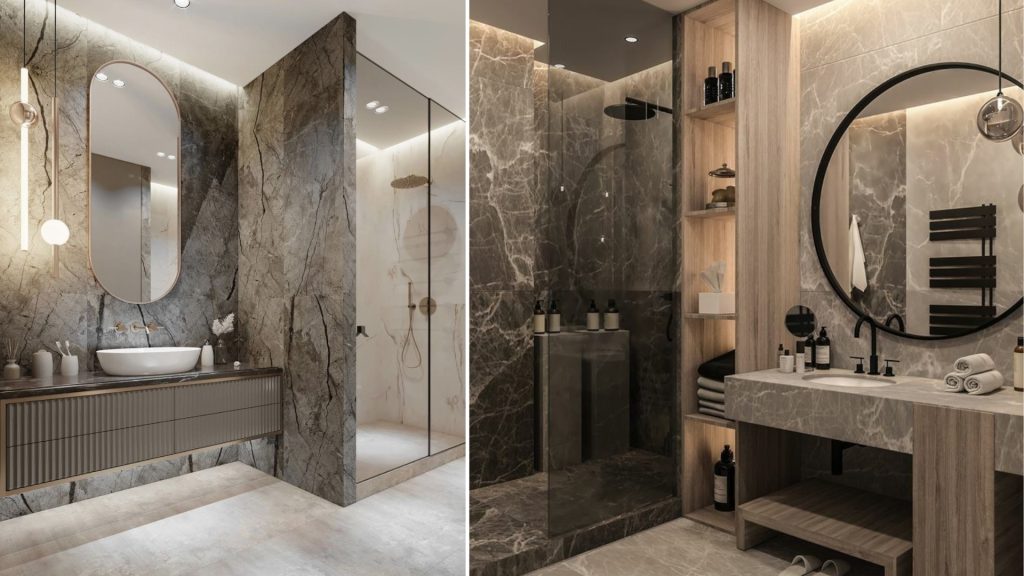
A composition of multiple mirrors in a bathroom introduces rhythm through repetition. It permits reflection to be distributed across the space in a measured way. They render clear definitions to individual zones and still preserve architectural coherence when placed with a thoughtful plan or intent.
How Can I Defog a Bathroom Mirror?
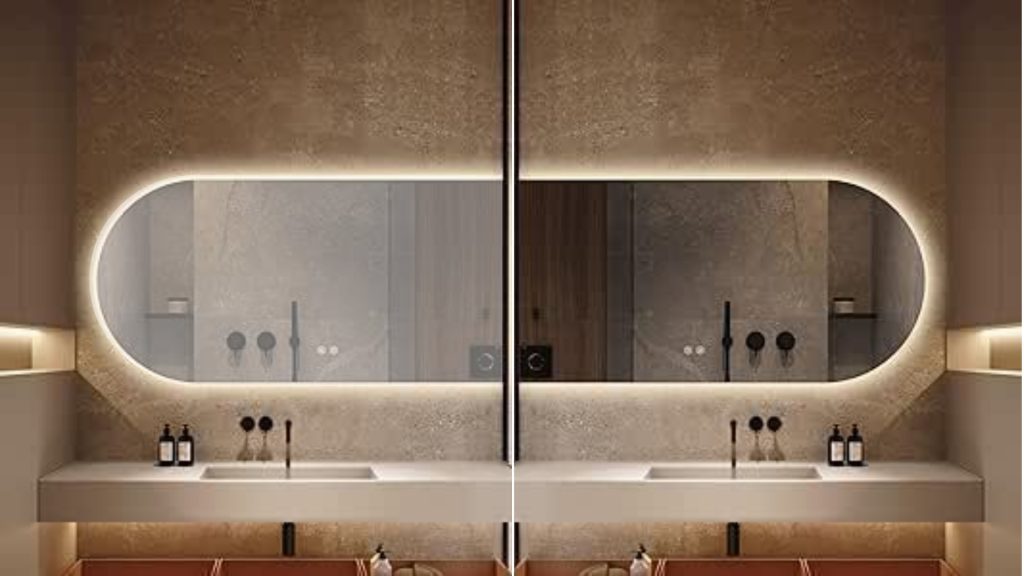
1. Avoid surface-level fixes: Common fixes, like wiping down fogged bathroom mirrors or relying on anti-fog sprays, deliver only short-term clarity. Over time, they disrupt the surface finish, especially on delicate finishes like high-end designer mirrors for bathrooms. And they can interfere with the reflective quality central to worthy mirror design.
2. Opt for integrated defogging systems: The most efficient and design-conscious solution for fogging is to opt for bathroom mirrors with an integrated defogger pad. It is a slim, low-voltage heating element placed discreetly behind the surface. Particularly in modern bathroom mirrors or well-crafted mirror cabinets in the bathroom, this technology keeps clarity and spotlessness by warming the glass to prevent condensation.
3. Go for smart mirrors for flawlessness: Many modern bathroom mirrors now come equipped with built-in defogging systems, activated by touch sensors or ambient lighting cues. These features preserve the clean lines central to thoughtful mirror design and remove the need for bulky external solutions. Whether integrated into a vanity mirror in your bathroom or a frameless hanging wall mirror, such innovations uplift neatness and practicality. These are the hallmarks of a well-resolved mirror design bathroom.
4. Preserve minimalism and clarity: Unlike retrofitted solutions, integrated defoggers help bathroom mirrors to retain the purity of the mirror plane. This approach portrays the core of refined bathroom mirror design, where restraint, spatial clarity, and functional elegance sit side by side.
5. Ideal for high-humidity or enclosed layouts: In compact bathrooms or those with limited ventilation, defogging bathroom mirrors, whether part of a vanity mirror cabinet or a minimal bathroom glass mirror, are more than a luxury. They’re a quiet architectural upgrade that preserves function with no visual disruption.
2. Opt for integrated defogging systems: The most efficient and design-conscious solution for fogging is to opt for bathroom mirrors with an integrated defogger pad. It is a slim, low-voltage heating element placed discreetly behind the surface. Particularly in modern bathroom mirrors or well-crafted mirror cabinets in the bathroom, this technology keeps clarity and spotlessness by warming the glass to prevent condensation.
3. Go for smart mirrors for flawlessness: Many modern bathroom mirrors now come equipped with built-in defogging systems, activated by touch sensors or ambient lighting cues. These features preserve the clean lines central to thoughtful mirror design and remove the need for bulky external solutions. Whether integrated into a vanity mirror in your bathroom or a frameless hanging wall mirror, such innovations uplift neatness and practicality. These are the hallmarks of a well-resolved mirror design bathroom.
4. Preserve minimalism and clarity: Unlike retrofitted solutions, integrated defoggers help bathroom mirrors to retain the purity of the mirror plane. This approach portrays the core of refined bathroom mirror design, where restraint, spatial clarity, and functional elegance sit side by side.
5. Ideal for high-humidity or enclosed layouts: In compact bathrooms or those with limited ventilation, defogging bathroom mirrors, whether part of a vanity mirror cabinet or a minimal bathroom glass mirror, are more than a luxury. They’re a quiet architectural upgrade that preserves function with no visual disruption.
How to Fix a Bathroom Mirror to Wall?

Fixing the mirror on a bathroom wall requires considering the weight, the wall type, and the mirror’s long-term relationship with humidity, lighting, and layout. These are the key points to approach the task with design sensibility.
1. Right Mounting Method Based on the Mirror Type: A framed or heavy bathroom mirror will likely require screw mounts or mirror brackets, while lighter frameless mirrors can be secured with mirror clips or high-strength adhesives. If you’re working with a cabinet of a bathroom mirror, concealed mounting brackets at the back support clean integration with the wall plane.
2. Know Your Wall Surface Before You Drill: Is the wall tiled, drywalled, or concrete? Each surface has a specific approach. For instance, tiled walls require diamond drill bits and proper anchors, drywall may need toggle bolts to hold the weight securely, especially with modern bathroom mirrors because they usually include LED or smart components.
3. Use a Level and Measure for Visual Symmetry: Even in asymmetric layouts, the mirror should align with the vanity cabinet or lighting above. You should use a spirit level to make sure that the installation sits square. It is particularly important in those bathroom mirror designs where visual balance is foundational.
4. Secure with Appropriate Fasteners: For bathroom wall mirrors, stainless steel screws, plastic wall plugs, or J-brackets offer secure, rust-resistant fixing. If using adhesives, opt for mirror-specific sealants that won’t damage the silver backing over time.
5. Consider Moisture and Ventilation: In high-humidity zones, sealing the mirror edges helps prevent delamination. Always leave a small air gap behind the mirror to allow ventilation, something often overlooked but essential for longevity.
6. Double-Check Electricals for Smart Mirrors: If you’re installing a smart mirror in your bathroom with lighting or defoggers, you need to ascertain that wiring is concealed and isolated correctly. This is often best left to a certified electrician and professionals.
1. Right Mounting Method Based on the Mirror Type: A framed or heavy bathroom mirror will likely require screw mounts or mirror brackets, while lighter frameless mirrors can be secured with mirror clips or high-strength adhesives. If you’re working with a cabinet of a bathroom mirror, concealed mounting brackets at the back support clean integration with the wall plane.
2. Know Your Wall Surface Before You Drill: Is the wall tiled, drywalled, or concrete? Each surface has a specific approach. For instance, tiled walls require diamond drill bits and proper anchors, drywall may need toggle bolts to hold the weight securely, especially with modern bathroom mirrors because they usually include LED or smart components.
3. Use a Level and Measure for Visual Symmetry: Even in asymmetric layouts, the mirror should align with the vanity cabinet or lighting above. You should use a spirit level to make sure that the installation sits square. It is particularly important in those bathroom mirror designs where visual balance is foundational.
4. Secure with Appropriate Fasteners: For bathroom wall mirrors, stainless steel screws, plastic wall plugs, or J-brackets offer secure, rust-resistant fixing. If using adhesives, opt for mirror-specific sealants that won’t damage the silver backing over time.
5. Consider Moisture and Ventilation: In high-humidity zones, sealing the mirror edges helps prevent delamination. Always leave a small air gap behind the mirror to allow ventilation, something often overlooked but essential for longevity.
6. Double-Check Electricals for Smart Mirrors: If you’re installing a smart mirror in your bathroom with lighting or defoggers, you need to ascertain that wiring is concealed and isolated correctly. This is often best left to a certified electrician and professionals.
Small Bathroom Mirrors with Storage
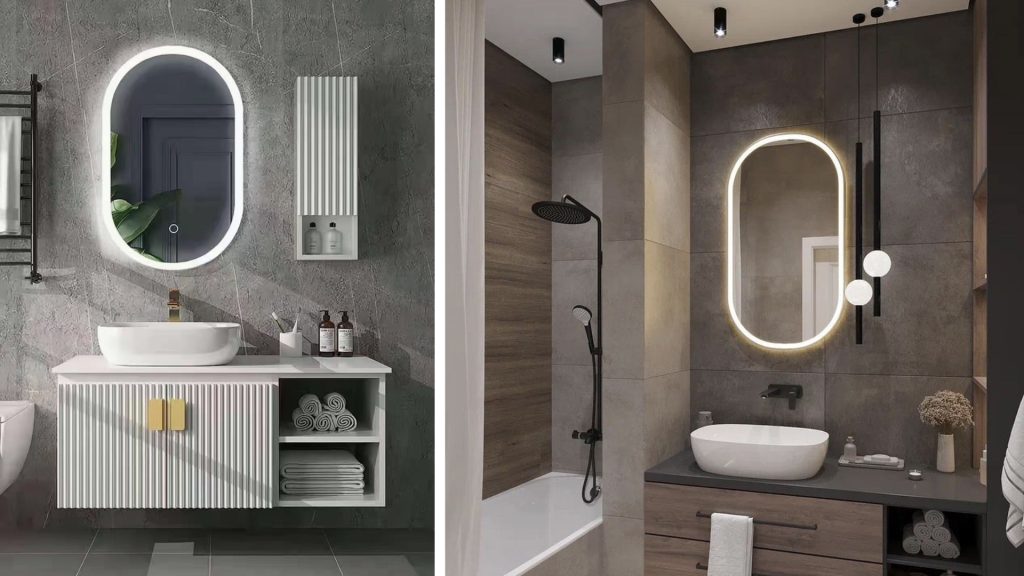
In compact bathrooms, every surface must justify its presence. A small bathroom mirror with storage is a functional upgrade, but it’s an architectural adjustment too. It rethinks how reflection and containment coexist.
- A mirror that doubles as a storage unit lets daily clutter (medicines, skincare, grooming tools) disappear behind the reflective surface. This containment clears the counter and restores visual calm.
- In smaller layouts, the mirror must not overpower the wall plane. In fact, a mirror vanity cabinet in a bathroom should be proportionate to the sink or wash area.
- When a mirrored cabinet is chosen consciously, the lines of a cabinet in a bathroom follow the verticals of tiles. They align with lighting fixtures, and draw attention to symmetry, rather than volume.
- A bathroom mirror with storage should appear as a built-in, and neither protruding nor floating unanchored. In design terms, it behaves like a purposeful break that still holds its place sincerely.
- Today’s designer bathroom mirrors that come with hidden shelving or sliding compartments come in finishes, complementary for both contemporary and transitional interiors (matte black frames, fluted glass doors, or warm wood panels).
Modern Bathroom Mirror Price Guide: Design, Features & Value
The price of a bathroom mirror is calculated less by its size alone and more by a matrix of design sensibilities, materials, and built-in functionality.
Most small bathroom mirrors fall within the ₹800 – ₹7,000 range, depending on features like storage, lighting, or material quality. Compact mirror cabinets and basic round wall-mounted mirrors are especially suited to tight layouts, however, they come in a range of modern designs. Ultimately, mirror cost is not a fixed figure but a reflection of value, how well the mirror fits the architecture around it. A consciously chosen piece can accentuate even the smallest layout, and make its cost a function of long-term design integrity.
| Type of Bathroom Mirror | Price Range (₹) | Key Features | Ideal For |
|---|---|---|---|
| Basic Wall-Mounted Mirror | ₹800 – ₹1,500 | Frameless or minimal frame, standard sizing, no add-ons | Budget-friendly utility, rental spaces |
| Framed Bathroom Mirrors | ₹1,500 – ₹4,000 | Wooden/metal frame, improved visual definition, standard or custom shapes | Classic or transitional interiors |
| Bathroom Mirror Cabinet / Vanity Mirror | ₹2,500 – ₹6,000 | Hidden storage, integrated shelves, compact design | Small layouts, functional-modern homes |
| Round / Geometric Bathroom Mirrors | ₹3,000 – ₹7,000 | Distinct shape, design-forward appearance, often metal or matte finishes | Designer spaces, visual softening of hard surfaces |
| Smart Bathroom Mirrors (LED, Defogger, Touch) | ₹3,500 – ₹15,000+ | Built-in lighting, sensor activation, anti-fog, frameless design | Minimalist or tech-integrated bathrooms |
| Designer Bathroom Mirrors | ₹10,000 – ₹25,000+ | Bespoke materials, custom framing, imported finishes | Luxury homes, statement walls |
| Full-Length Bathroom Mirrors | ₹4,000 – ₹12,000+ | Vertical extension, often framed, can be wall-mounted or leaning | Compact bathrooms for spatial elongation |
How Can Opalspace Help You?
Opalspace builds around questions like what kind of light, with how much space, and what kind of interior style enriches your space. Bathroom mirrors, yes, but also the walls they get placed on, the vanities they’re attached to, the wardrobes nearby, the way the flooring connects with the cabinetry.
Our work spans across bathroom interiors, modular wardrobes, kitchens, and complete home interiors. Not in fragments, but as one considered a system. So whether you’re starting small or building room by room, we design so the parts speak to each other, and the space holds together. Start a conversation with us, let your interiors feel whole.
Our work spans across bathroom interiors, modular wardrobes, kitchens, and complete home interiors. Not in fragments, but as one considered a system. So whether you’re starting small or building room by room, we design so the parts speak to each other, and the space holds together. Start a conversation with us, let your interiors feel whole.



